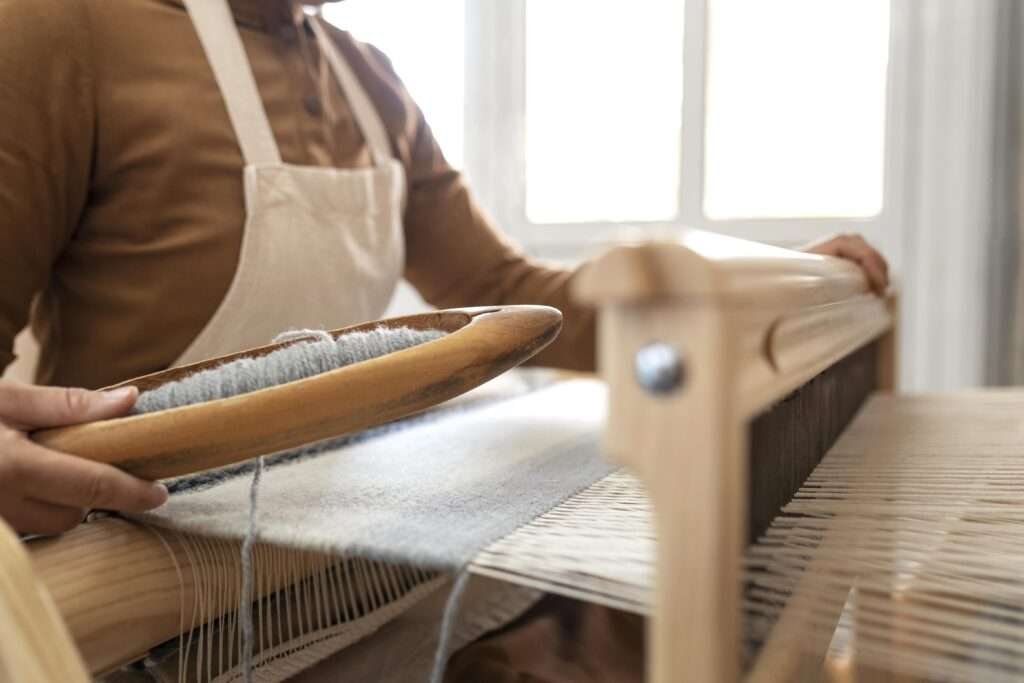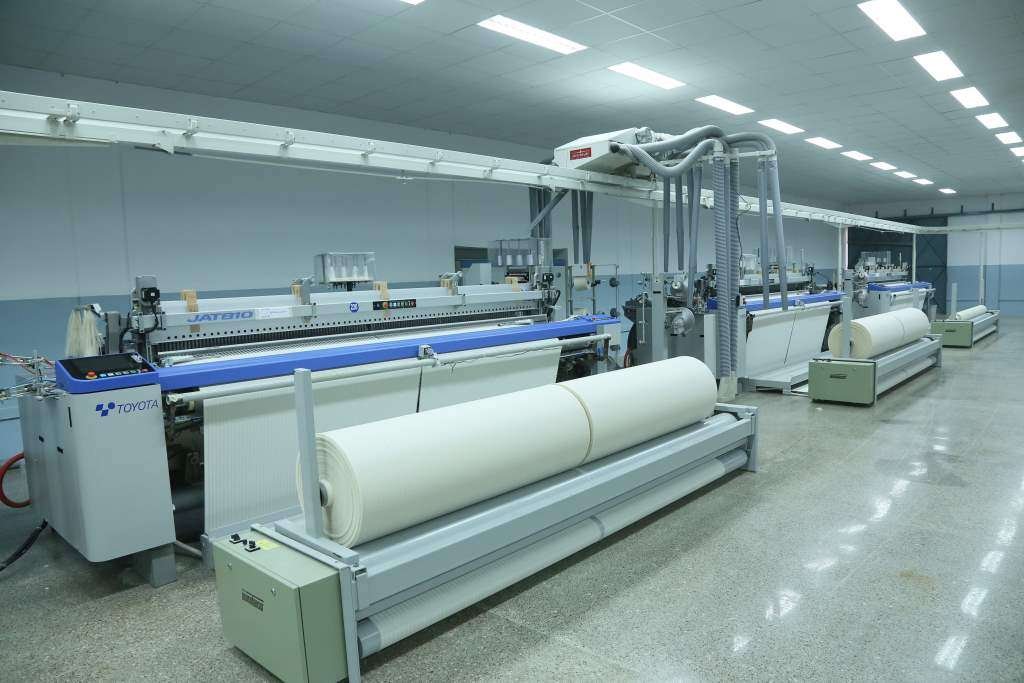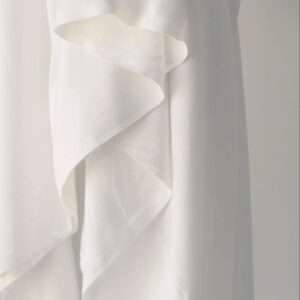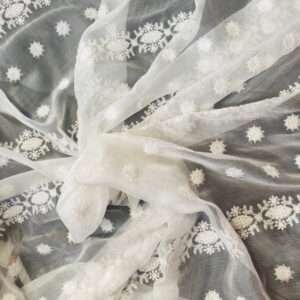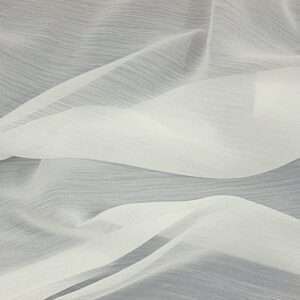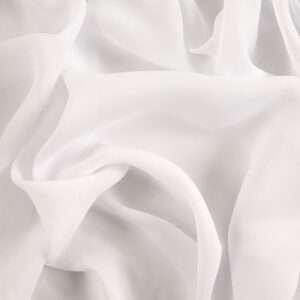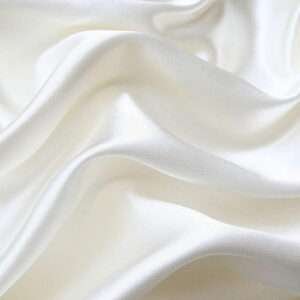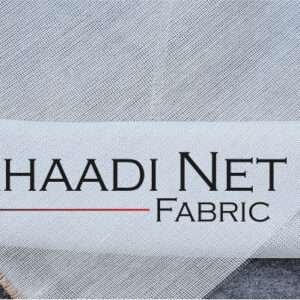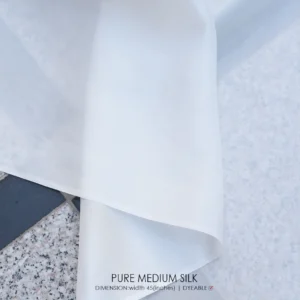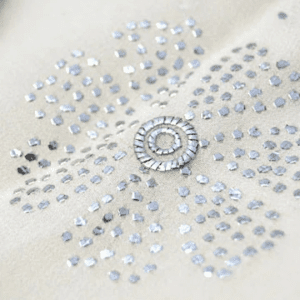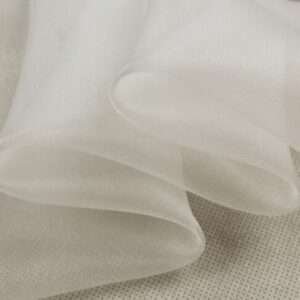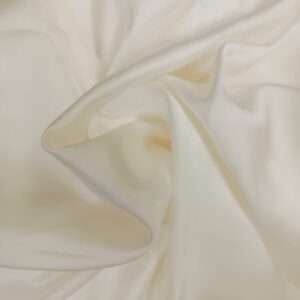PAKISTAN'S #1 SILK FABRIC MANUFACTURER & WHOLESALER
Best Silk Fabric Dealer in Pakistan.
WE ARE THE TRUSTED DEALERS IN PURE SILK FABRIC IN PAKISTAN, OUR AIM IS TO PROVIDE BEST SILK FABRIC QUALITY TO OUR CUSTOMERS IN PAKISTAN AND OVERSEAS CLIENTS. WE DEAL IN PURE CHINA SILK FABRIC AND PURE PAKISTANI SILK FABRIC. YOU CAN FIND OUT THE BEST QUALITY MULBERRY SILK. WE DEAL IN PURE RAW SILK, PURE ORGANZA SILK FABRIC, PURE COTTON SILK FABRIC, PURE MEDIUM SILK FABRIC, PURE SHAMOOS SILK FABRIC, PURE CREPE SILK, PURE SATIN SILK, PURE KHAADI NET FABRIC, PURE KHAADI SILK FABRIC, PURE CRINKLE CHIFFON, GEORGETTE SILK, THAI SILK, SLUB SILK FABRIC, PURE VISCOSE SILK, PURE SHEESHA SILK FABRIC, PURE COTTON NET FABRIC, AND MANY MORE.


Seeking happiness and a touch of special? Our pure silk fabric is more than just fabric; it's a happiness-inducing sensation that makes you feel truly special.
